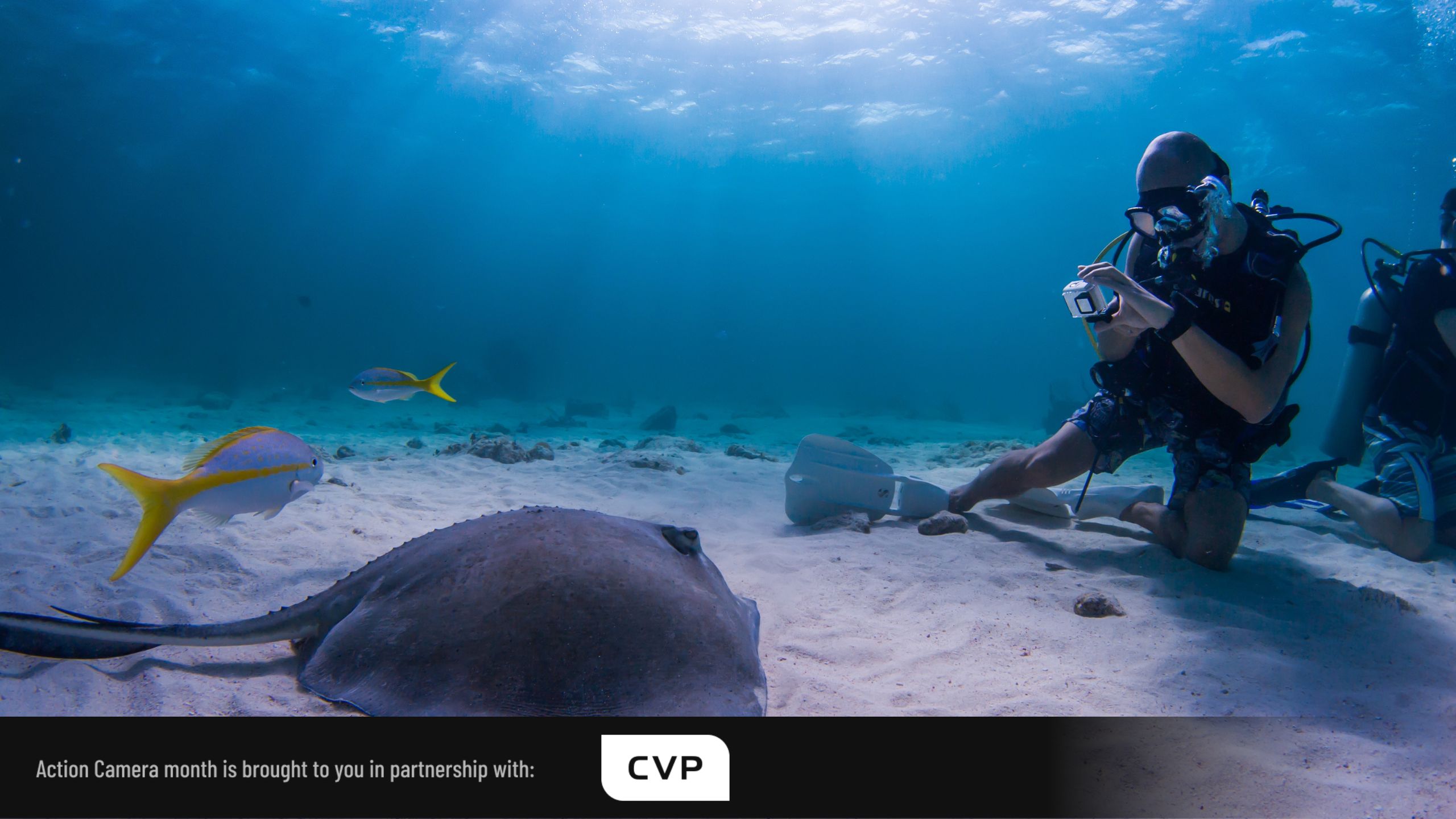
Do you know how to get the best footage from underwater? From GoPros to DSLR cameras, getting the perfect shots underwater is not easy. It can easily look dull or just wishy-washy. That's why we are going to tell you what you need to know before jumping underwater.
Preparation
Firstly, with any kind of camera, you want to make sure your lens and housing are clean. There is nothing more annoying than having dirt stuck between your housing and the lenses while you are below the water. White stains caused by the drying of salt water are especially hard to remove. They are hard to detect on a small screen, so make sure you have double-checked the lens. The GoPro HERO10 comes with the hydrophobic filter applied. These filters will help to avoid dried water droplets on the lens. With the filter in place, the water will easily roll off.
3e1b.jpg)
Gear
Determine your needs. GoPro, Insta360, or other compact cameras are solid options for beginners to shoot underwater photography. They are affordable, lightweight, and low-maintenance when it comes to travel. Current GoPros are waterproof up to 10 meters, but you can buy protective housing to take a deeper dive with the camera. You can save money by opting for a GoPro, but shooting wildlife or other macro objects, the GoPro’s wide-angle camera is not necessarily the best option.
If you want to improve your image quality, interchangeable lenses with DSLRs or mirrorless cameras come in handy. Opting for a DSLR or mirrorless camera means your next investment is the housing for your camera. There are different housings available depending on the usage. Surf housings are made for shooting closer to the surface whereas a dive housing goes much deeper underwater. Also, if you intend to take stills, your housing should come with a built-in "flash diffuser". This is placed in front of your internal flash to soften the light. The more complex your camera is, the bulkier, heavier, and more expensive the housing is.
f252.jpg)
Resolution, Aperture, and Shutter Speed
Go with the highest quality resolution the camera offers. The most common resolution is still 1920x1080, but if you can shoot 4K, we'd certainly recommend it.
The same applies to the aperture or the opening of a lens's diaphragm through which light passes. For bright and exposed images, choose an underwater camera with a bigger aperture opening.
One of the biggest challenges when shooting underwater is finding the right shutter speed. A slower shutter speed means you obtain more light but may result in unwanted motion blur. A faster shutter speed gives you sharper images, but you are going to lose some of your light. Set your camera on a high ISO (sensitivity to light) with a powerful strobe and medium shutter speed and you will get the best of both worlds: more light without losing focus.
Lighting, close-ups, and set-ups
Try and learn the basics first by shooting near the surface where you have more light to work with. This way you will have more vibrant colours to play around with. The more you want to challenge yourself, dive deeper and notice how much darker it gets. The light refracts off the surface when it hits at an angle. This means the best way is to find light that sits directly over your head. This is most likely during noon each day.
Water is denser than air. This makes it a great environment to work with light and reflections between water and subjects. Since blue and green wavelengths interfere with the clarity of your shot, remember – the closer you are, the better your color, contrast, and sharpness will be.
In some circumstances where you are shooting deeper, you might want to consider adding a colour correction filter, which will bring the colour back into balance. Bear in mind, though, that an underwater colour correction filter will reduce light entering the camera further, so it may not be suitable for all circumstances.
9f9c.jpg)
Tags: Action cameras


Comments